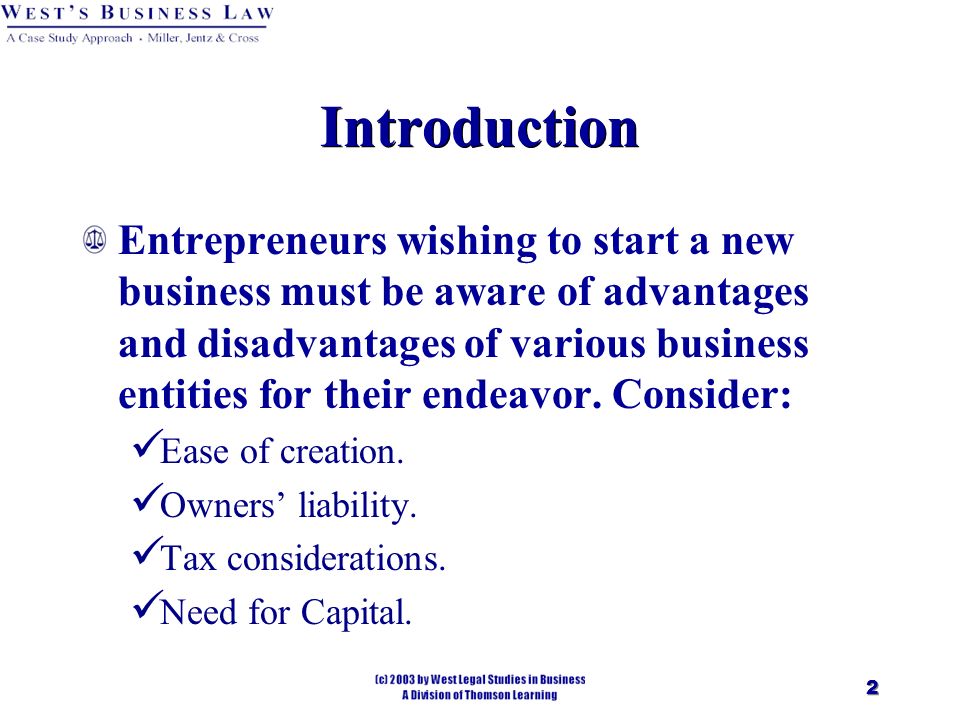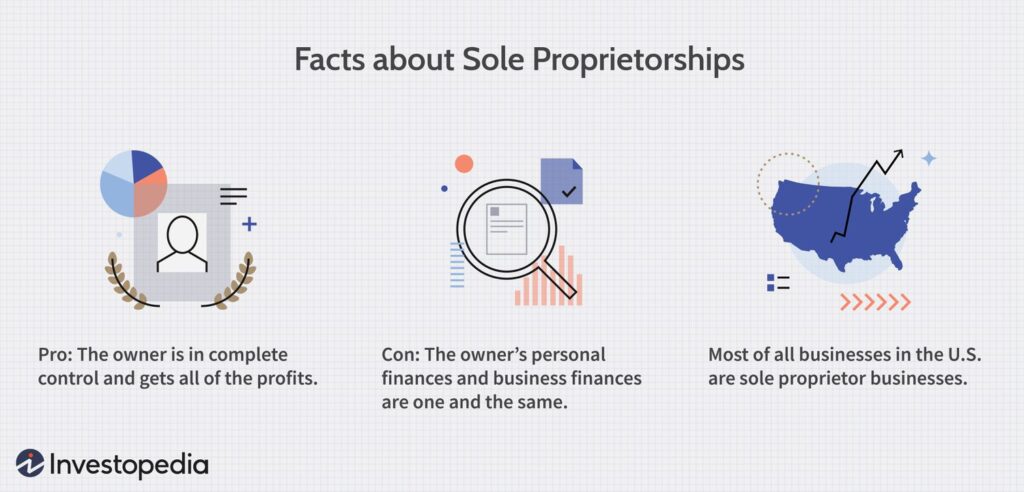Navigating Business Structures: Imagine starting a business that’s going to grow at a steady pace with a clear vision and goal. But, before you get caught up in the excitement of building your company, there’s a critical decision you need to make: what type of legal structure should you choose? Most entrepreneurs find themselves in a quandary when it comes to choosing between LLCs, Sole Proprietorships, and S corporations. And we get it; this decision can be quite overwhelming!
Worry no more because we’re here to help you navigate the fascinating world of these business entities and determine which is right for your venture. So, buckle up, and let’s dissect the intriguing nuances of LLCs vs Sole Proprietorships vs S Corps, helping you to make an informed decision that will set your company on the path to success.
Table of Contents

Source: images.slideplayer.com
Choosing the Right Business Structures: Considerations and Key Differences
Choosing the Right Business Structures: Considerations and Key Differences Selecting the appropriate business structure is vital for success. When comparing LLCs, sole proprietorships, and S corporations, consider liability protection, taxation, and management factors. Both LLCs and S corporations offer limited liability and pass-through taxation, but LLCs are often easier to establish and maintain. Sole proprietorships are the most straightforward structure but offer less protection.
Carefully evaluate the specific needs of your business to determine the most suitable structure for your venture. When deciding on the best structure for your business, it’s essential to consider a few key factors, such as liability protection, taxation, and management.
LLCs and S corporations provide limited liability protection and pass-through taxation, meaning the business’s profits and losses are reported on the owners’ personal tax returns. However, LLCs are often considered to be easier to establish and maintain than S corporations.
Sole proprietorships are the simplest business structure, but they offer the least amount of liability protection. As the sole owner, you are personally responsible for any debts or legal issues the business may encounter. This means that your personal assets could be at risk.
Before making a decision, carefully evaluate your business’s specific needs and goals. Take into account your personal level of risk tolerance, the potential tax implications, and how you plan to manage and operate your business. When in doubt, consult a lawyer or accountant with experience with business formations to help you make an informed decision.
Introduction to different business structures
Selecting the right structure for your needs and goals is essential when starting a business. There are several types of business structures, including sole proprietorships, limited liability companies (LLCs), and S corporations, each with its own advantages and disadvantages. Understanding the key differences in liability protection, tax implications, management, and other factors can help you make the best decision for your company’s future success. In this article, we’ll explore various business structures to help you identify the one that fits your vision and objectives.

Source: www.investopedia.com
Introduction to sole proprietorships
A sole proprietorship is the simplest and most common legal structure for businesses. It means that an unincorporated business is owned and run by a single individual, with no distinction between the business and the owner. To form a sole proprietorship, no formal action is required as long as the owner is the only one.
The sole proprietorship automatically arises from business activities. However, obtaining necessary licenses and permits, depending on the state and type of business, is still necessary. One significant advantage of a sole proprietorship is that all profits go to the owner. The owner also has the freedom to make all business decisions without the need to consult anyone else. The proprietorship does not pay specific tax dues; all profits are taxed as personal income.
However, there are several disadvantages to a sole proprietorship, such as personal responsibility for all debts incurred by the business, the need to sell other personal properties to settle dues, and the lack of protection for business assets against personal creditors. Nonetheless, sole proprietorship is an ideal way to test a new business idea, as the owner has the power to sell the business or close the doors at any time. [1][2]
Summary, Advantages, and Disadvantages of sole proprietorships: A sole proprietorship offers several advantages, such as simplicity in formation and low startup costs. It also permits business owners to claim profits and losses directly on their personal tax returns and enjoy the flexibility of decision-making. However, the major disadvantage is the owner’s unlimited personal liability for any debts, losses, or legal claims against the business. This means personal assets are at risk if the business experiences financial setbacks or legal issues.
Pros of sole proprietorships:
– Simple management structure
– Low start-up costs
– Total control of the business
Cons of sole proprietorships:
– Unlimited personal liability
– Limited growth potential
– Limited financing options
– Transferring ownership is difficult
Introduction to Limited Liability Companies (LLCs)
A Limited Liability Company (LLC) is a type of legal business entity that combines aspects of partnerships and corporations to provide certain advantages to business owners. LLCs offer personal legal protection, tax benefits, operational flexibility, and limited liability features of a corporation, making them an attractive option for small business owners.
Unlike corporations, LLCs are not taxed as a separate business entity, and profits and losses are passed through to each member of the LLC, who report them on their personal tax returns. To form an LLC, owners are required to follow specific state regulations, which generally include registering the LLC name, filing articles of organization, obtaining necessary licenses and permits, and creating an operating agreement.
LLCs provide owners with protection against personal liability for the business’s actions and decisions, similar to the protection provided to shareholders of corporations. An LLC’s operational ease is one of its greatest advantages, with smaller start-up costs and less registration paperwork than S corporations. However, it’s vital to maintain proper and separate financial records. LLCs can be suitable for small business owners, but consulting with an experienced attorney is recommended to ensure proper formation and long-term success. [1][2]
Summary, Benefits, and Drawbacks of LLCs: The benefits of LLCs include limited personal liability for business debts, a simple tax structure with pass-through taxation, and flexibility in management. Drawbacks include possible higher formation costs and ongoing administrative requirements compared to sole proprietorships. LLCs can be an ideal choice for business owners seeking personal asset protection, tax flexibility, and adaptable operational structure, but must carefully consider the costs and management responsibilities involved.
Pros of LLCs:
– Protection of personal assets
– Pass-through taxation
– Simple and flexible management structure
– Can have one owner or multiple owners
Cons of LLCs:
– Formalities are required, such as registering the business and filing annual reports
– No stock options available
– Limited life span and ownership transfer restrictions
Introduction to S Corporations
S Corporations are a widely popular entity choice for small businesses due to their unique taxation structure. Founded under the laws of a state corporation statute, this type of corporation elects to be taxed under Subchapter S of the Internal Revenue Code. Unlike C corporations, S corporations benefit from pass-through taxation, meaning corporate income, losses, credits, and deductions are passed through to shareholders for tax purposes.
This effectively allows S corporations to be exempt from federal income tax, except for certain capital gains and passive income. S corporation shareholders must be individuals, specific trusts and estates, or certain tax-exempt organizations, and the corporation must have 100 or fewer shareholders with just one class of stock. Overall, understanding the basics of S corporations and how they are taxed can help small business owners make informed decisions about their organizational structure. [1][2]
Brief summary, Pros and Cons of S Corporations – S Corporations offer numerous advantages, such as liability protection for shareholders and pass-through taxation to avoid double taxation. Additionally, S Corps can attract investors through the issuance of stock. On the flip side, forming an S Corp involves a more complex process, including paperwork and mandatory annual meetings. Furthermore, these corporations have stricter ownership restrictions, allowing only up to 100 shareholders and excluding non-resident aliens as potential stockholders.
Pros of S-Corporations:
– Limited liability protection
– Pass-through taxation
– Ability to raise capital through sale of stock
– Potential tax savings
Cons of S-Corporations:
– Formalities are required, such as registering the business and filing corporation documents
– Limited shareholder structure
– More expensive to set up and maintain compared to sole proprietorships and LLCs
Business Structures and Considerations
When choosing a business structure, it is essential to consider key factors such as liability protection, taxation, and management flexibility. Evaluate whether an LLC, sole proprietorship, or S corporation suits your needs. Remember that an LLC offers limited liability and flexible taxation, while a sole proprietorship is simple to set up but lacks protection. On the other hand, an S corporation shields personal assets and avoids double taxation but has stricter ownership requirements and management structures. Ensure the chosen structure aligns with your business goals and future growth plans.
Business Structures: Differences in tax implications
Understanding the tax implications for various business structures is crucial for entrepreneurs. LLCs, sole proprietorships, and S corporations each have distinct tax rules. With an LLC, business profits and losses pass through to the owner’s personal tax return, offering flexibility in taxation. Sole proprietorship profits are also taxed on the owner’s personal tax return, but the owner is liable for self-employment taxes. On the other hand, S corporations avoid double taxation by allowing income to pass through to shareholders, who then report it on their individual tax returns. Additionally, S corporation owners may save on self-employment taxes by paying themselves a “reasonable” salary. Consider these tax differences when choosing the right business structure for your needs.
Business Structures: Additional factors to consider
Administrative Complexity: When setting up a business, it’s important to consider the amount of administrative complexity you are willing to handle. Sole proprietorships and partnerships are relatively simple and easy to set up, whereas LLCs and corporations require more paperwork and legal formalities. Consider how much time and resources you can devote to administrative tasks before making a decision.
Financing and Capital: Certain business structures may be more appealing to lenders and investors, making it easier to secure financing and capital. Corporations, for example, can issue shares of stock to raise funds, whereas sole proprietorships and partnerships rely on personal assets or loans. Consider your financing needs and options before selecting a business structure.
Management and Control: Depending on your business goals, you may want to consider the level of management and control you have over the company. Partnerships and LLCs allow for more flexibility in management and decision-making than corporations with a clear hierarchy and board of directors. Consider how much control you want to maintain over your business before selecting a structure.
Exit Strategy: Consider your exit strategy when choosing a business structure. Certain structures may make this process easier if you plan to sell the business or pass it on to family members. For example, corporations can easily sell shares of stock to new owners, whereas partnerships and sole proprietorships may require more complicated legal processes. Consider your long-term goals for the business before making a decision on the structure. [1][2]
Conclusion and final thoughts on making the best decision for your business
In conclusion, choosing the right business structure depends on various factors, including legal liability, tax implications, operational costs, and future needs. Assessing your business’s unique needs and goals will help you make the best decision, be it a sole proprietorship, LLC, or S Corp. Consulting with a legal or financial professional can also provide valuable insight and guidance in making this critical decision for the success and growth of your business.


One Reply to “Navigating Business Structures: Understanding the Pros and Cons of LLCs, Sole Proprietorships, and S-Corps”
Comments are closed.